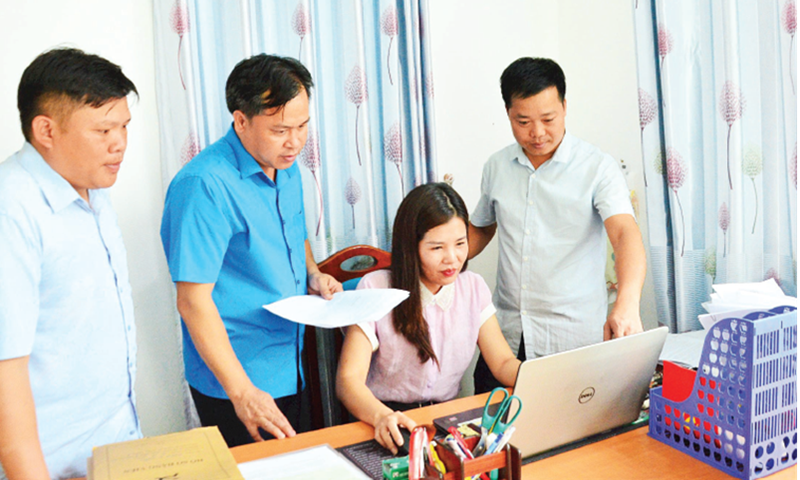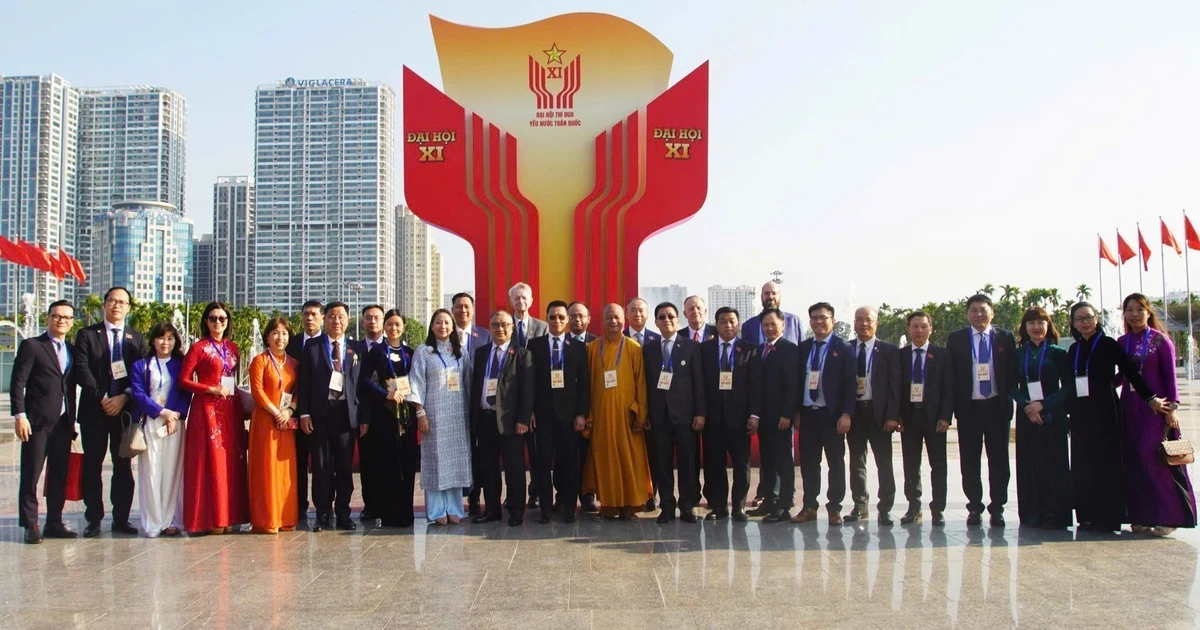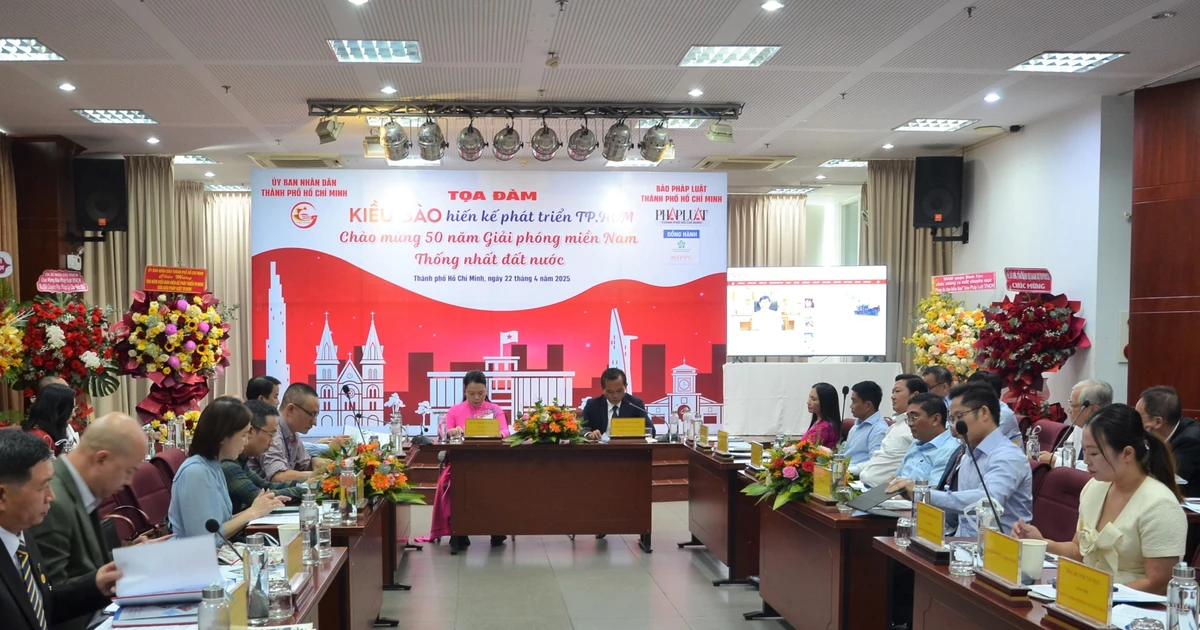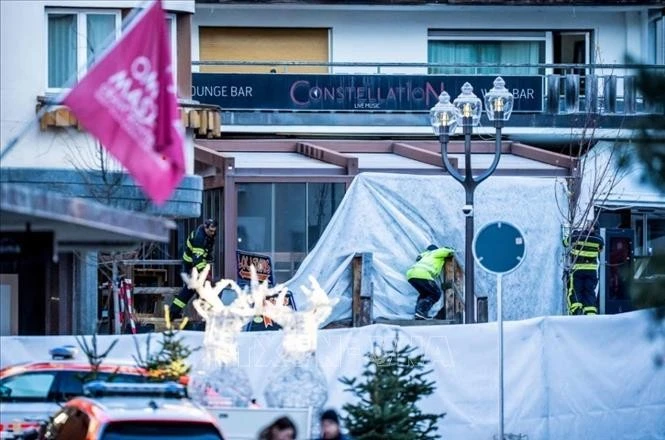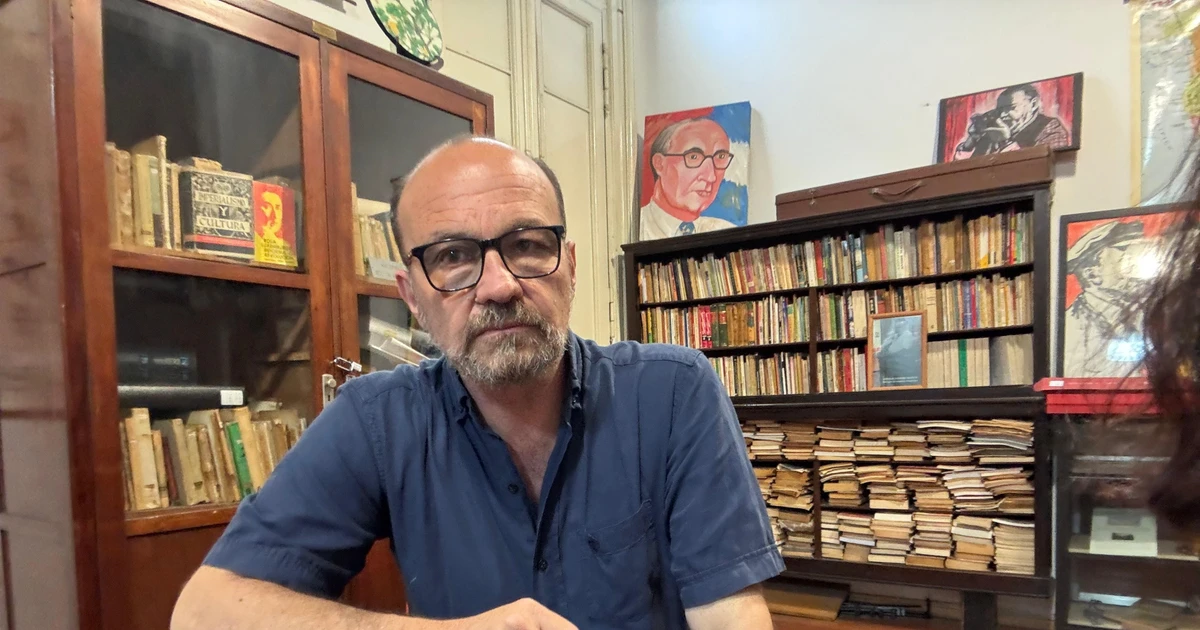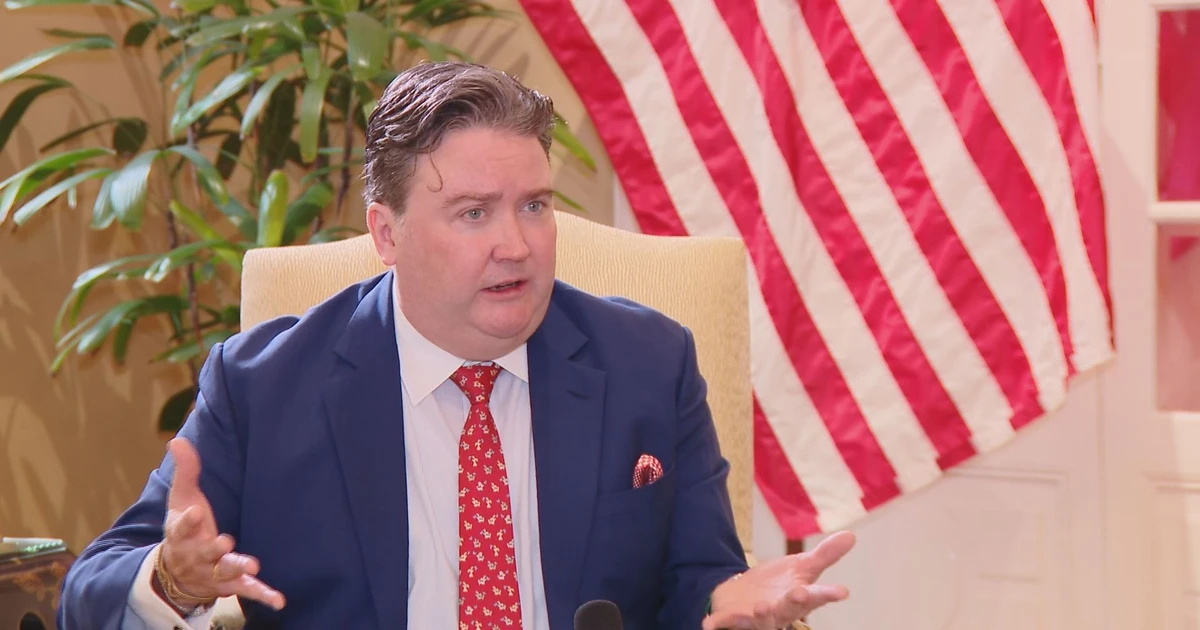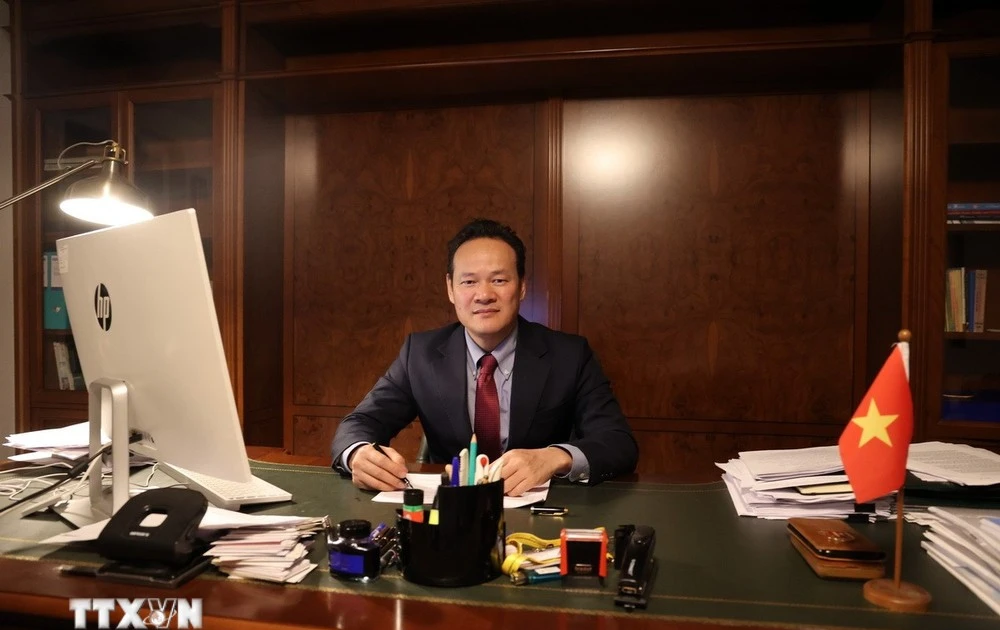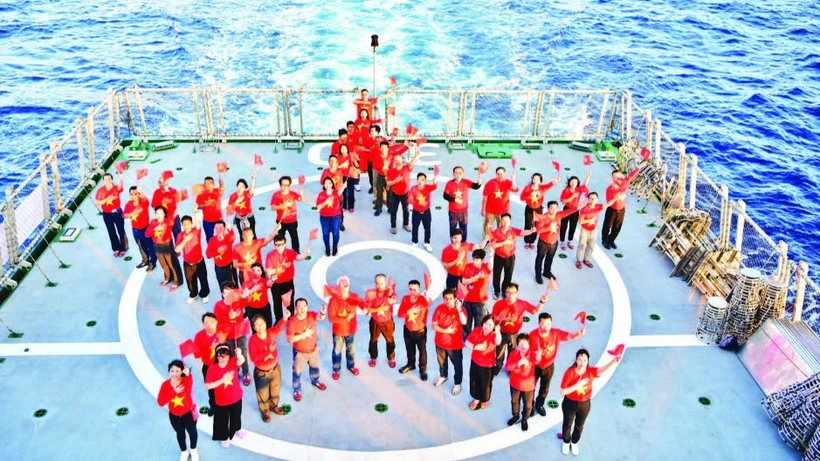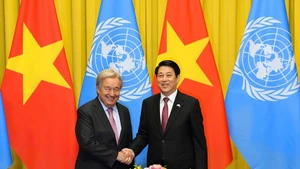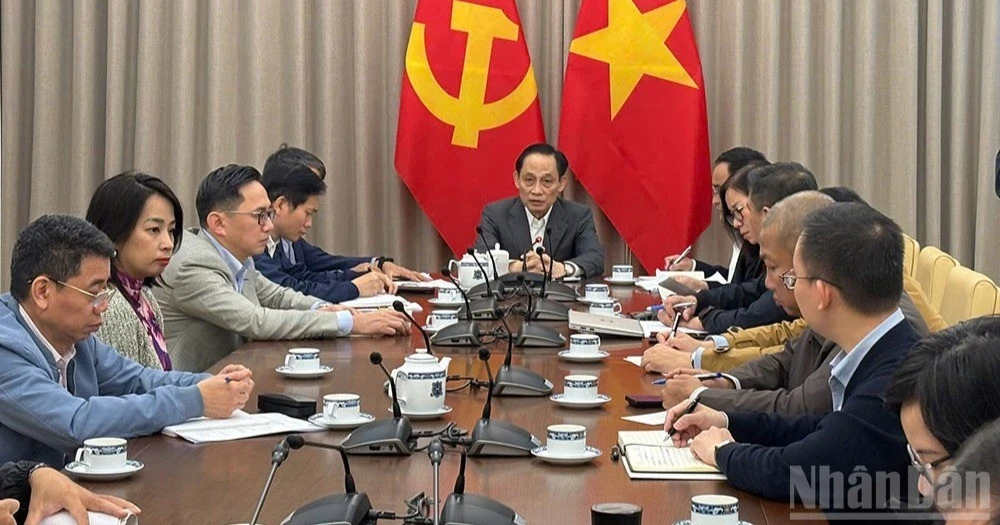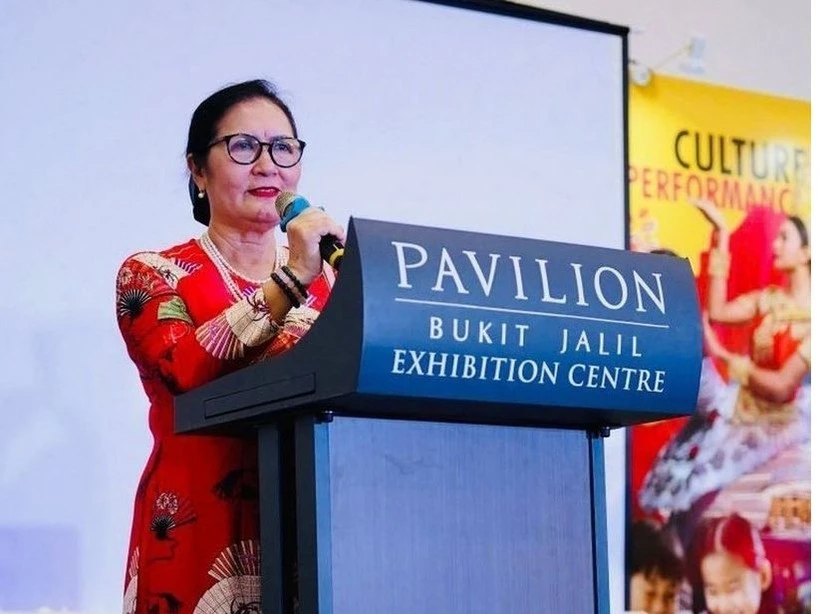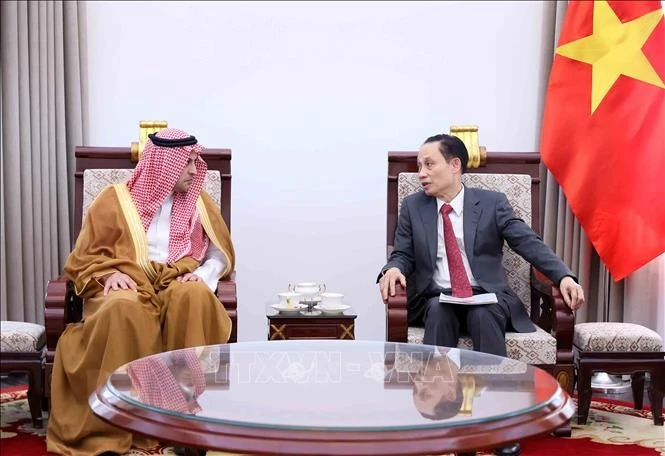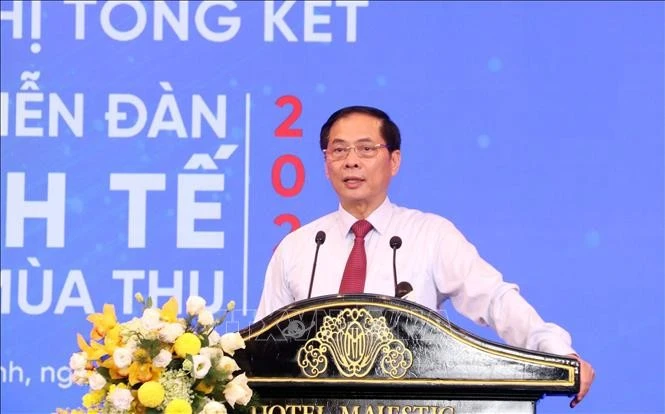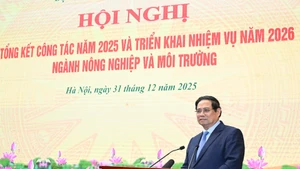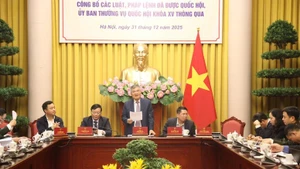At the same time, this is a direct bridge between the Party and the people, contributing to the country’s rapid and sustainable development.
In every revolutionary stage of the country, cadres working in communications and mass mobilisation sector have always been the “leading force” to build trust and inspire positive actions from all walks of life, contributing to connecting the Party’s ideas and the people’s hearts. The year 2025 marks an important turning point in communication and mass mobilisation work when the Communications and Mass Mobilisation Committees at all levels are unified and officially put into operation. This is a significant event in terms of organisational structure, and at the same time sets out important requirements and tasks to improve the effectiveness of leadership and direction of Party committees at all levels in ideological work, communication, mass mobilisation, and promoting the strength of great national unity.
Innovating content and methods to meet practical requirements
After the merger, the entire communication and mass mobilisation sector has focused on arranging and streamlining the apparatus while implementing a large amount of work with the spirit of action without interruption, without time gaps, without leaving areas or fields vacant. At present, communication and mass mobilisation work continues to clearly demonstrate its role by innovating the content and methods of communication and mobilisation in a practical direction, and close to the people.
In particular, digital transformation in communication and mass mobilisation work is both a task and a requirement arising from practice. Digital transformation in communication and mass mobilisation work is not only the application of technology, but also a change in thinking, working methods, and approaches. Taking advantage of digital platforms and new media will help improve the effectiveness of information transmission, grasping ideas, orienting public opinion, and providing an opportunity to reach people faster, closer, and deeper, especially in the context of ideological work requiring agility, timeliness, and accuracy.
In Quang Ninh, implementing Resolution No.57-NQ/TW of the Politburo and Action Programme No.46-CTr/TU of the Provincial Party Committee Standing Committee, the Provincial Party Committee’s Communications and Mass Mobilisation Commission focused on applying digital technology and artificial intelligence (AI) in communication and mass mobilisation work in conjunction with improving the quality of cadres, innovating content and methods, maintaining ideological orientation, enhancing social consensus, and protecting the Party’s ideological foundation.
The Provincial Party Committee’s Communication and Mass Mobilisation Commission has organised many training courses on digital communication skills, data analysis, and AI application for communication and mass mobilisation cadres. Thereby, many communication and mass mobilisation officers have skillfully used tools to support text processing, data analysis, and creation of communication content with interactive images and videos, increasing communication effectiveness.
Each locality has its own characteristics in terms of natural-social conditions and population, requiring communication and mass mobilisation work to have flexible orientations in terms of content and methods suitable for practice. According to Ly Van Tai, Deputy Head of the Communication and Mass Mobilisation Department of Lai Chau Provincial Party Committee, the locality has a long border, fragmented terrain, and ethnic groups with very few people and especially difficult living conditions such as Mang, La Hu, Si La...
Therefore, in parallel with propagating the Party and State’s guidelines and policies, the Communication and Mass Mobilisation Department of the Provincial Party Committee has strengthened mass mobilisation work in border areas and ethnic minority areas, focusing on propagating and jointly solving problems that ethnic minorities are easily exploited and distorted.
The Provincial Party Committee’s Communications and Mass Mobilisation Department proactively innovated mass mobilisation methods, truly close to the people, understands the people, and listens to the people. Communication and mass mobilisation cadres regularly contact and directly dialogue with the people at village and hamlet meetings, thereby promptly grasping the aspirations, difficulties and recommendations of the people, creating a relationship of trust and increasingly close ties between cadres and the people. With ethnic minorities, communication and mass mobilisation cadres do not just talk, but must do, so that the people can clearly see the results and work together. Models of eliminating backward customs and developing the economy in villages and hamlets all bear the mark of communication and mass mobilisation cadres. A notable new point is that despite technological difficulties, the Provincial Party Committee’s Communication and Mass Mobilisation Department is gradually innovating and diversifying propaganda forms through organising online contests to learn about studying and following Uncle Ho, the Party’s and State’s policies and guidelines, etc.
Identifying difficulties for the purpose of serving the people
One of the difficulties in implementing communication and mass mobilisation work when operating a 2-tier local government model is the capacity and adaptability of the staff to the work.
Pham Hong Binh, Head of the Party Building Committee of Bum To Commune, Lai Chau Province shared: “The Party Building Committee of Bum To Commune has 6 comrades who undertake a large amount of work, many of which are new and difficult, and must be completed urgently in a very short time. A cadre currently has to take on many tasks, and some comrades are not yet familiar with the work and have not yet caught up with the new working methods. Meanwhile, documents from the Central and the province arrive every day, and many tasks require reporting data by day, even by hour. We create conditions by not assigning many tasks at once, assigning tasks that are appropriate to the capacity of the comrades who have just received the task so that they have time to gradually get used to the intensity and nature of the work, helping to stabilize the cadres' psychology and ensuring work efficiency”. For communication and mass mobilisation work, experience in close contact with the grassroots is one of the important factors, especially for remote and isolated localities.
For communication and mass mobilisation work, close experience at the grassroots level is one of the important factors, especially for remote and isolated localities.
Pham Hong Binh, Head of the Party Building Committee of Bum To Commune, Lai Chau Province.
In the coming time, the Party Committee and the government will organise training courses for new cadres to be trained in skills, expertise, profession, information technology, ensuring efficiency and progress of work; at the same time, learn from the experiences from previous cadres. Practice the motto of being close to the people to clearly understand their thoughts and aspirations.
Head of the Party Building Committee of Bum To commune, Pham Hong Binh, added: “The Party Building Committee is a new model, with many immediate difficulties, but it has closely followed the directions of the Party Central Committee and Lai Chau Provincial Party Committee, communication and mass mobilisation cadres have done a good job of communication so that people “understand correctly, grasp clearly, and have high consensus” when implementing the 2-tier local government model, participating in contributing to draft documents of Party congresses at all levels, spreading the emulation movement to celebrate the country’s great anniversaries...”
